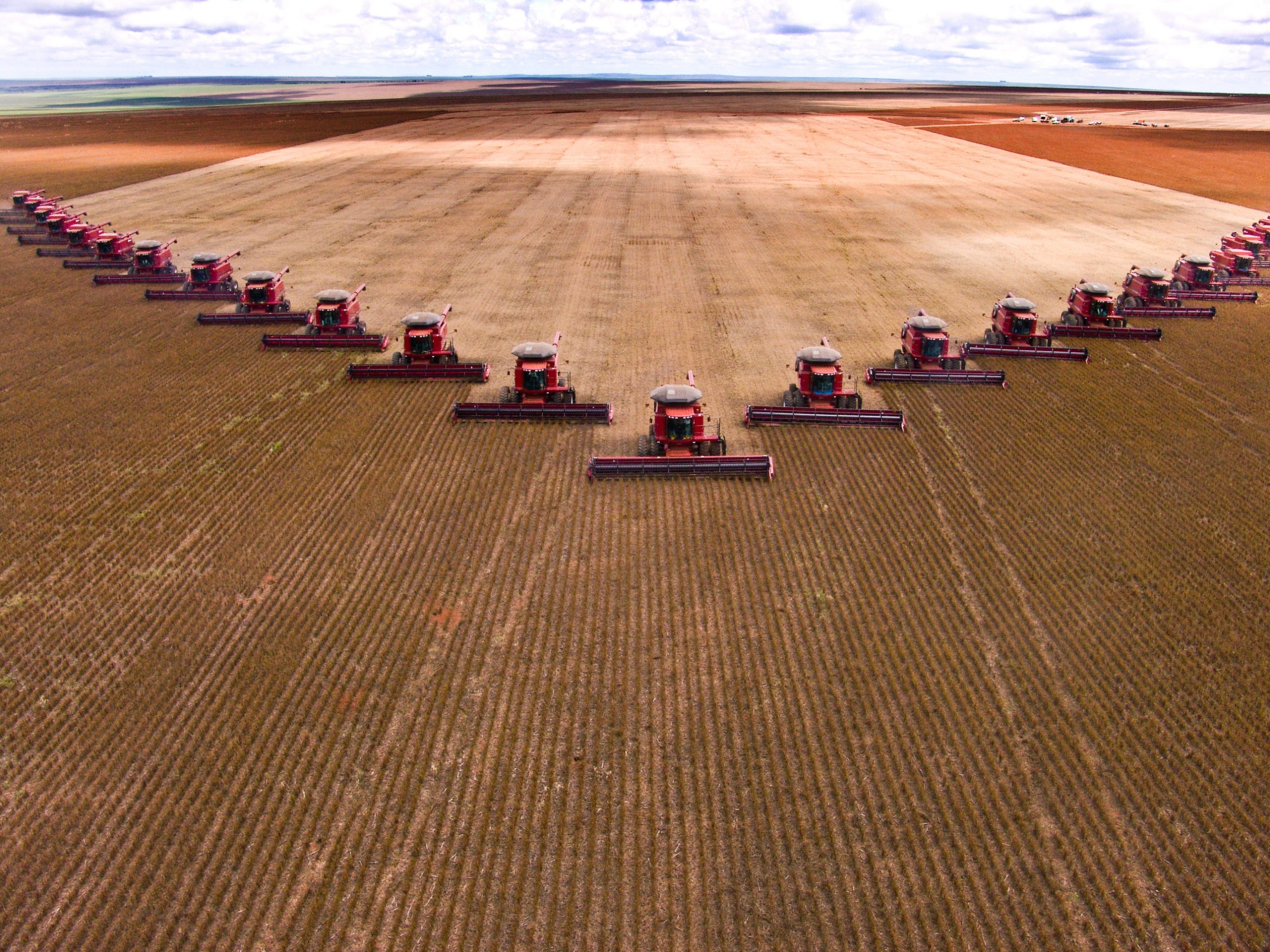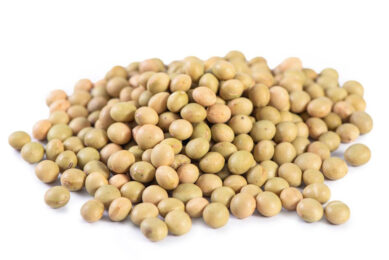Successful crop model in Brazil to feed the world

What determines the success of large scale farms in central Brazil? US researchers delved deeper into their farming systems, based on soy and maize.
Farmers in central Brazil are running productive farm businesses, largely due to a new tropical system of production known as safrinha, or succession farming, which results in 2 large crops, soybeans and maize, per year.
Large scale farms in Brazil
ScienceDaily reports that agricultural economists at the University of Illinois wanted to learn more about the productivity of grain production in this tropical area. In a study published in the International Journal of Agricultural Management, they examine input and output factors for 43 large-scale farms located in the state of Mato Grosso, Brazil. Professor Peter Goldsmith, one of the researchers said: “In Central Brazil we see large-scale, high-producing farms. It is important to look at these “new-age” farmers and how they behave in terms of producing soybean and maize. If, after all, tropical Brazil now produces 64% of the nation’s 114 million metric ton soybean crop, according to a 2018 study, how do they do it?”
The researchers looked at several thing, such as the types and quantities of inputs the farmers use (fertilisers, chemicals, fuel, labour, and machinery inputs). And hence how much output they generate from this. Overall, the researchers found that most of the growth, 64%, comes from greater usage of inputs such as chemical and fertiliser applications. This is not surprising for the tropics, where the pest pressure is much higher than in other parts of the world, such as the Midwest in the United States.
Nevertheless, this new business model – used in Brazil – has proven to be very successful and is here to stay, Goldsmith concluded. The results of this study lay some groundwork for policymakers, producers, and those in the agribusiness industry when thinking about agricultural expansion in the tropics.











